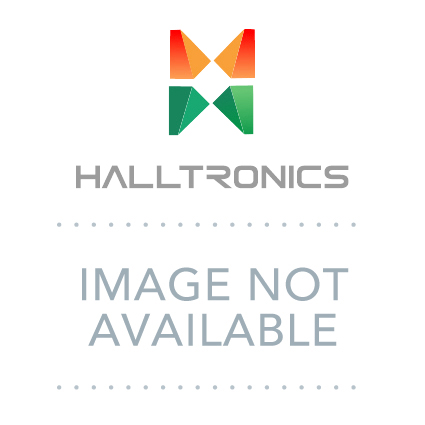Credit card transactions are currently being paused for maintenance. Please proceed with 'Cash with Order' while we restore the service.

HT Part No. HT23729
Mfr. Part No. A9C22722
Manufacturer: Schneider Electric
Technical Documents: iCT Contactors Data Sheet-778a31a4(datasheets) Green Premium - Product Environmental Profile-7878cd7d(datasheets) Product Environmental Profile-bf103122(datasheets) Datasheet - A9C22722-d97e45d4(datasheets)
| Product Attributes | |
|---|---|
| Coil Voltage | 230 V ac |
| Number of Poles | 2 |
| Contact Voltage Rating | 250 V ac |
| Contact Current Rating | 20 A |
| Range | Acti9 iCT |
| Series | iCT |
| Function | Reversing |
| Normal State Configuration | 2NO |
| Terminal Type | Screw |
| Length | 18mm |
| Width | 81mm |
| Depth | 68mm |
| Better World Verification | Green Premium |
| Better World Product | Yes |
| Pole and Throw Configuration | DP |
| Minimum Operating Temperature | -5°C |
| Maximum Operating Temperature | +60°C |
| 3D Model | https://www.traceparts.com/els/rs-components/en/api/viewer/3d?SupplierID=RS_COMPONENTS&PartNumber=48396&DisplayLogo=False |




